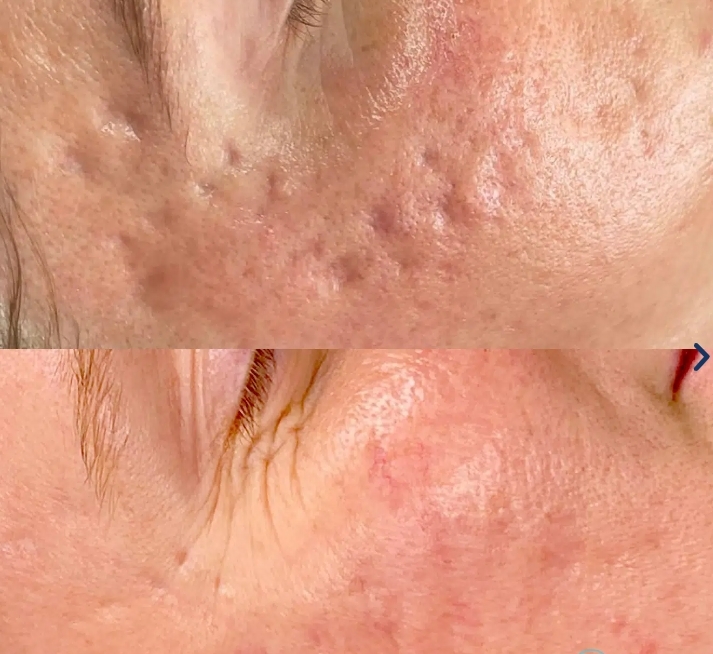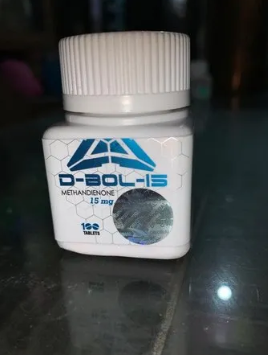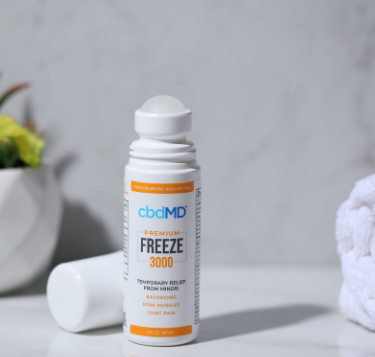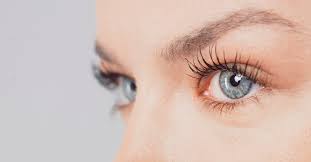Scars are the body’s natural response to injury or trauma, serving as a visible reminder of a time when our skin was compromised. While some may wear their scars proudly, others wish they could fade into the background. If you’re among the latter, you’re not alone. The quest for smoother, unblemished skin has led many to explore scar removal treatments. This comprehensive guide will walk you through everything you need to know about scar removal, particularly in the bustling city of Edmonton.
Understanding Scars and Scar Types
Acne scars removal Edmonton form as part of the natural healing process of the skin. When the dermis (the second layer of skin) is damaged, the body forms new collagen fibers to mend the wound, resulting in a scar. However, this process does not replicate the pre-injury skin, leading to differences in texture and color that make scars noticeable.
There are various types of scars, each with unique characteristics:
Keloid Scars
These are raised, reddish, or purple scars that extend beyond the original wound site. Keloids occur when the body continues to produce collagen after a wound has healed, resulting in an overgrowth of tissue.
Hypertrophic Scars
Similar to keloids, hypertrophic scars are raised and usually red. However, they do not extend beyond the boundary of the original wound.
Atrophic Scars
Atrophic scars are the opposite of keloids and hypertrophic scars — they appear as depressions in the skin, often due to a loss of underlying skin tissue.
Contracture Scars
These scars occur when the skin shrinks significantly during the healing process, often causing tightness and restricting movement.
Scar Removal: Treatment Options
Advancements in medical science and technology have provided numerous techniques for managing and removing scars. In Edmonton, a range of options is available to cater to different scar types and patient preferences.
Topical Treatments
Over-the-counter creams and gels, as well as prescription ointments, can help reduce the prominence of certain scars. These treatments often contain ingredients like silicone, retinoids, and hyaluronic acid that can hydrate the skin and improve its texture.
Laser Therapy
Laser treatments use focused light to interact with skin tissue, either by removing the skin’s outer layers or by stimulating the production of new, healthy skin cells. This process can help remodel scar tissue, reducing the visibility of scars over time.
Dermal Fillers
For atrophic scars, dermal fillers can be injected beneath the depression to restore volume to the skin. This can effectively lift the scar to the level of the surrounding skin, making it less noticeable.
Surgical Removal
In some cases, particularly for larger or more severe scars, surgical removal may be the best option. This involves cutting out the scar tissue and then closing the wound with stitches. While this option can provide immediate results, it also comes with the risk of creating a new scar.
The Importance of Consulting a Professional
Scar removal is a highly individualized procedure, and what works for one person may not work for another. It’s essential to consult with a dermatologist or a plastic surgeon who specializes in scar revision. They will assess your scar type, location, and your overall health to recommend the best treatment plan for you.
Final Thoughts
Choosing to address a scar is a personal decision that depends on many factors, including the emotional impact of the scar and the individual’s expectations for treatment. In Edmonton, the flourishing medical community ensures that you have a plethora of resources and experts to aid you in your scar removal journey. Remember, thorough research and professional guidance are your best allies in achieving the skin you feel most comfortable in.
A Detailed Guide to Scar Removal in Edmonton

Categories:


